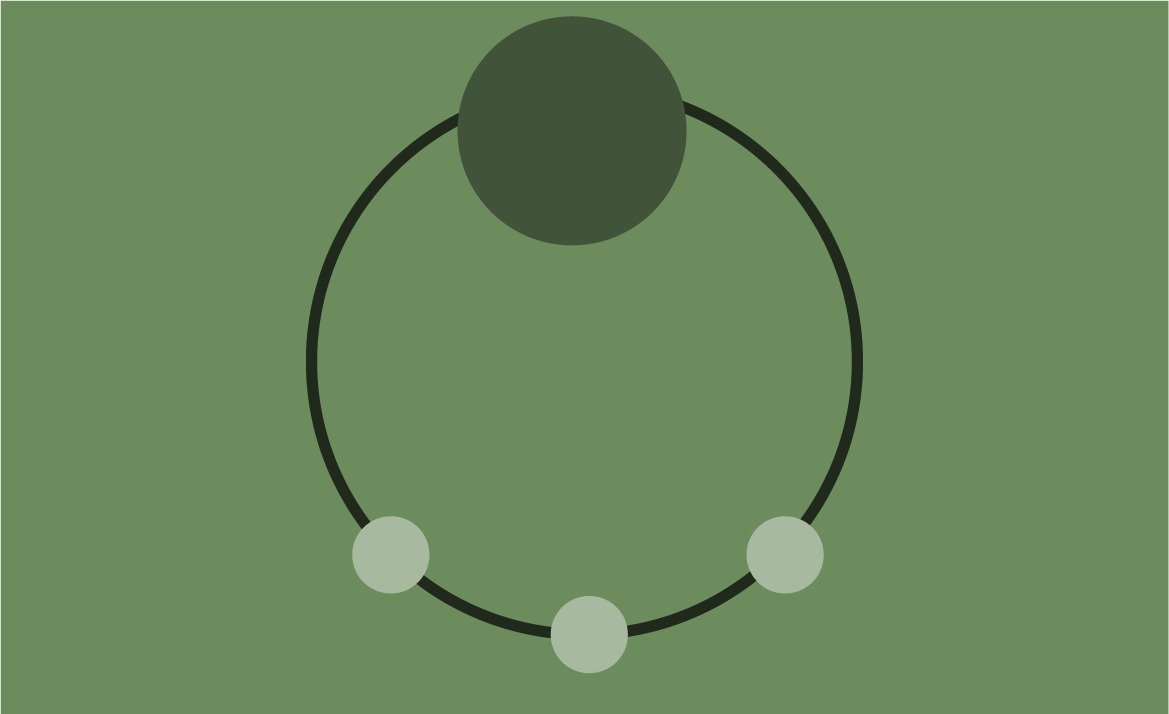
Product Tools

Product Tools
This platform shows 18 essential tools for effective product development, covering business, design, and technology aspects.
All
Business
Design
Technology

High-level description of desired future state and purpose of product, guiding its direction and goals.

Specific, measurable objectives supporting the product vision, driving prioritization and decision-making.

Strategic plan for product development, highlighting milestones, features, and planned releases.

Initial version with essential features to solve a problem and gather real-world feedback.

Prioritized list of desired features, enhancements, and bug fixes guiding development.

Time-boxed iterations for development, focusing on prioritized items and facilitating feedback and adjustments.

Fictional representation of target users, understanding demographics, needs, goals, and behaviors.

Framework for understanding user motivations and desired outcomes.

Step-by-step experiences of users, identifying pain points and optimizing the user experience.

Visualizing and testing user experience, gathering feedback, and iterating on design concepts.

Reusable solutions to common design problems in software. They help improve code flexibility, maintainability, and promote best practices.

Collection of reusable components, patterns, and guidelines ensuring visual and interactive coherence.

Overview of technical components and infrastructure required to build and operate the product.

Architecture, infrastructure, refactoring, or research (spikes) stories that directly support user (functional) stories.

Representation of product's data structure, including database schemas, relationships, and flows.

Reference guide for integrating applications with the API, including endpoints, parameters, and examples.

(Continuous Integration - Continuous Deployment) Practice of automating building, testing, and deployment.

Approach emphasizing writing tests before code, improving design and maintainability.